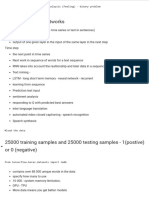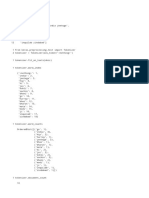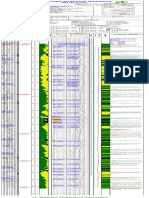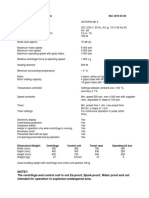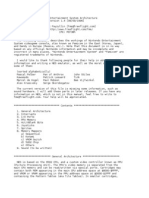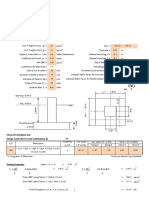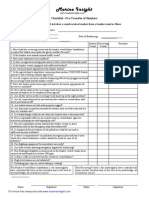0% found this document useful (0 votes)
7 views15 pagesNLP Using RNN
The document outlines a Python program for language modeling using Recurrent Neural Networks (RNNs) with applications in sentiment analysis and character generation. It details the algorithm, including data preprocessing, model creation with LSTM layers, and text generation techniques, along with a comprehensive code example. The program utilizes the IMDB dataset for training and demonstrates how to encode and decode text for predictions.
Uploaded by
KavithaCopyright
© © All Rights Reserved
We take content rights seriously. If you suspect this is your content, claim it here.
Available Formats
Download as DOC, PDF, TXT or read online on Scribd
0% found this document useful (0 votes)
7 views15 pagesNLP Using RNN
The document outlines a Python program for language modeling using Recurrent Neural Networks (RNNs) with applications in sentiment analysis and character generation. It details the algorithm, including data preprocessing, model creation with LSTM layers, and text generation techniques, along with a comprehensive code example. The program utilizes the IMDB dataset for training and demonstrates how to encode and decode text for predictions.
Uploaded by
KavithaCopyright
© © All Rights Reserved
We take content rights seriously. If you suspect this is your content, claim it here.
Available Formats
Download as DOC, PDF, TXT or read online on Scribd
/ 15
